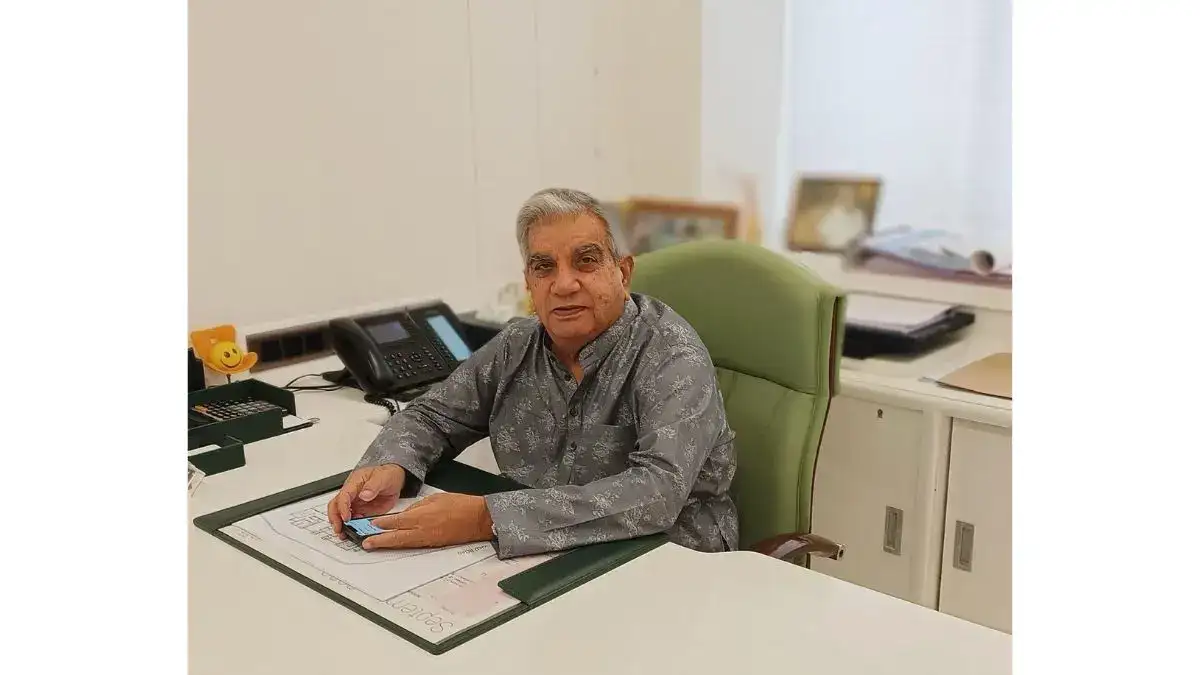Mumbai: In India, elders have long been revered as pillars of wisdom, providing guidance and shaping the next generation’s values. This respect for age and experience is deeply woven into the fabric of our culture, and for centuries. In earlier times, it was common for multiple generations to live together under one roof. Grandparents, parents, and their children shared a home, creating an environment rich in connection and support.
Over time, the rise of nuclear families began to shift this dynamic. However, in the aftermath of the pandemic, there has been a resurgence in multi-generational living as families seek the emotional security of being close to loved ones. This revival is not just a return to tradition, but a response to modern challenges. Families today are looking for ways to stay connected across generations, driven by the desire for deeper bonds and the need to navigate economic and social uncertainties.
This shift presents a new perspective for the real estate market, which must now adapt to meet evolving demands. Homes are no longer designed solely for nuclear families, but must accommodate the diverse needs of grandparents, parents, children, and even grandchildren living together harmoniously.
To truly understand what customers desire, we must dive deeply into the unique preferences of each generation and deliver solutions that meet these needs, even those not fully recognized by the individuals themselves.
For senior citizens, multi-generational living provides a way to stay connected with their loved ones, offering companionship at a stage in life when it’s most needed. It can prevent isolation and promote well-being. For younger generations who are still finding their footing, it offers emotional and mental support that comes from living with a joint family.
Living together doesn’t mean compromising on personal space—in fact, it enhances the opportunity to create thoughtful, private spaces that cater to individual needs. Modern home designs can seamlessly incorporate dedicated spaces for each family member, like a cozy reading/resting nook for grandparents, a study corner for children, and a dedicated space for a home office for parents. This ensures everyone enjoys their own retreat, while maintaining the connection that comes from sharing a home.
Additionally, well-designed layouts and soundproofing solutions help create a harmonious environment by separating active, communal areas from peaceful, private spaces. Open kitchens and family lounges offer vibrant spaces for gatherings and shared activities, while soundproofed rooms or secluded corners provide quiet retreats where family members can relax and recharge without interruption. This balance ensures that the home fosters both connection and personal comfort, allowing every generation to coexist comfortably.
Multi-generational homes reflect the core values that have long defined Indian society—family, respect, and community. As developers, we have a responsibility to design homes that not only address modern needs, but also honour these traditions. Moving forward, we must create homes that balance connection with privacy, offering families the best of both worlds. The return of multi-generational living signals a shift in how we view home spaces, and as this trend continues to grow, the real estate sector must evolve to meet this demand for adaptable, family-centric homes.





